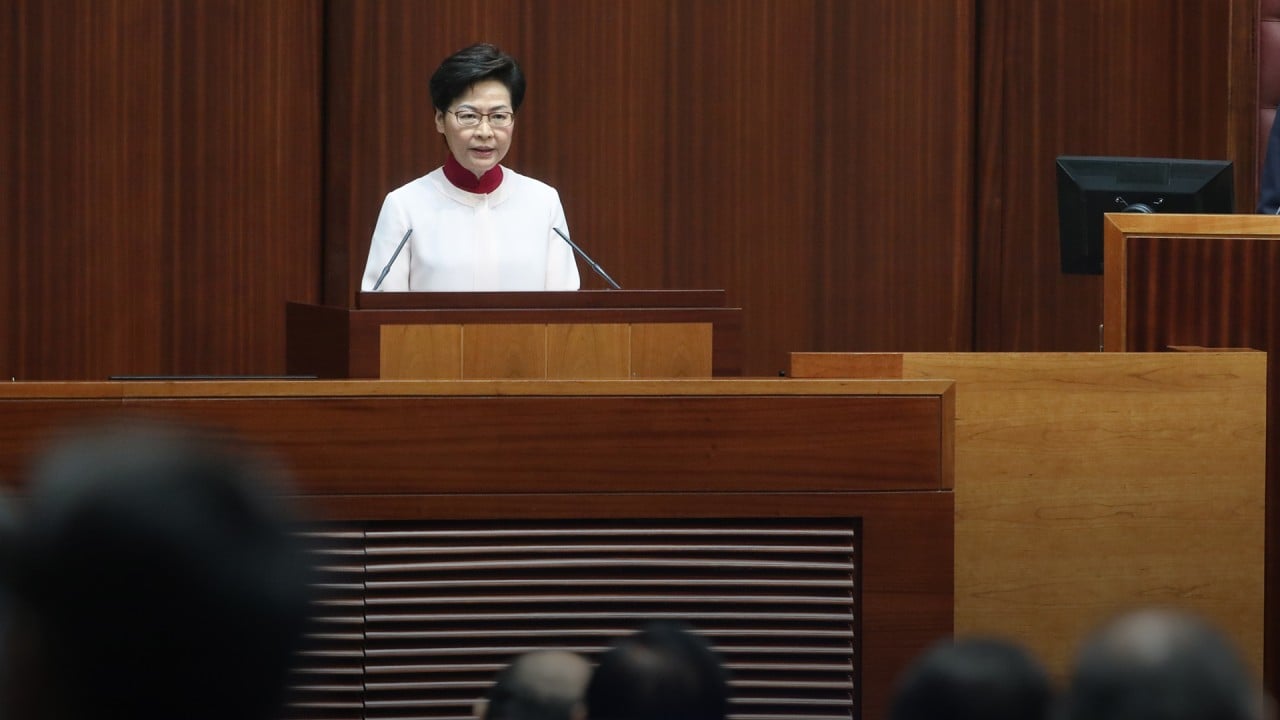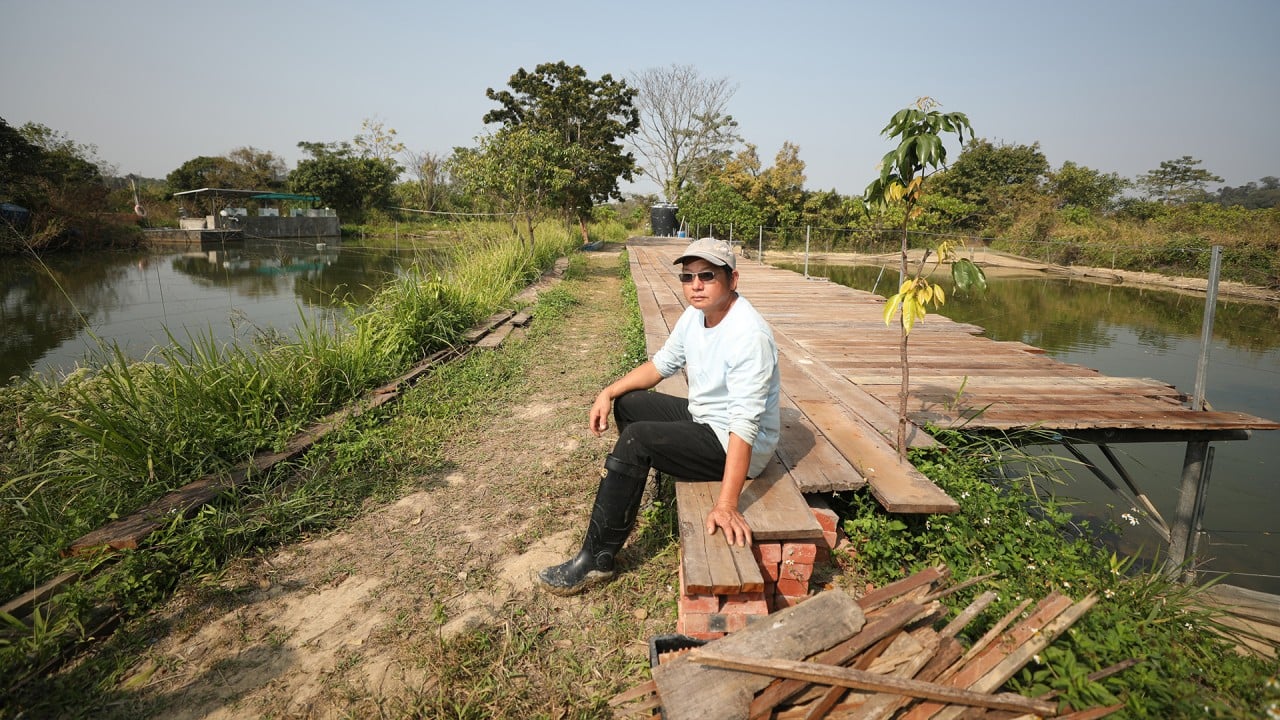
Why the Northern Metropolis development strategy won’t lead to a fall in Hong Kong home prices
- The Northern Metropolis, covering an area of 30,000 hectares, envisions some 926,000 residential units accommodating a population of about 2.5 million
- The Northern Metropolis development strategy is expected to take 15 to 20 years to be fully completed
The Northern Metropolis Development Strategy was introduced by Chief Executive Carrie Lam Cheng Yuet-ngor in her Policy Address last year. The Northern Metropolis covers a few mature new towns, as well as some new development areas, including Kwu Tung North, Hung Shui Kiu, San Tin, Lok Ma Chau and Man Kam To, with a total area of about 30,000 hectares.
There are different views on the Northern Metropolis. Prospective buyers with enough savings for a down payment worry that property prices will drop, owing to the enormous projected future supply, and are hesitant about climbing on the property ladder now. University students who have just submitted an application for public rental housing expect to be allocated a public housing unit in the Northern Metropolis immediately after graduation. And existing property owners wonder if they should cash in while property prices are still on the high side.
The question for prospective buyers is why are they considering climbing on the property ladder even when the property prices have been hovering at a historical peak level? Is it because the current low-interest-rate environment prompts them to think that owning a flat will lead to more long-term savings?

Take a HK$5 million (US$640,000) built flat as an example. A buyer could get a 90 per cent loan-to-value (HK$4.5 million) from the bank with an actual mortgage rate of 1.5 per cent. The monthly mortgage repayment is about HK$16,000, of which only HK$5,000 is interest. Would you choose to buy a flat and invest HK$11,000 per month in long-term savings or pay a monthly rent of over HK$10,000 as expenses? The Northern Metropolis has no impact on such a decision.
A question for university students is why are they queuing for public rental housing so early. Are they worried that the price of private housing will continue to surge and that their income after graduation will not keep up with housing price growth? Property prices have not risen as much in recent years, with several stamp duties currently in place. The average price increase in the past three years is on par with inflation. And it could take more than a decade for public housing in the Northern Metropolis to be completed.
Currently, the average waiting time for public rental housing is about 5.9 years, while the Northern Metropolis development strategy is expected to be fully completed only in the next 15 to 20 years. Although some public housing in the area could be available between 2026 and 2030, the on-site employment opportunities and supporting facilities might not be fully available at that time. Some people might not find it too attractive to move into public housing units in the Northern Metropolis in the early days.
Finally, a question for existing property owners is whether they have ever seen Hong Kong housing prices tumble because of a new town development announcement? Since the 1960s, the Hong Kong government has developed a number of large-scale new towns in the New Territories, including Tsuen Wan, Sha Tin, Tuen Mun, Tai Po, Yuen Long, Fanling, Sheung Shui, Tseung Kwan O, Tin Shui Wai and Tung Chung, together accommodating a total population of about four million. But the historical data shows that Hong Kong’s housing prices have continued on an upward trend over the long term. New town development has come from demand from economic development and population growth.
The Northern Metropolis is simply new wine in an old bottle. When the Hong Kong government announced the “Ten Major Infrastructure Projects” in the 2007-08 Policy Address, it covered a good portion of “new development areas” under the Northern Metropolis framework. Over the past 15 years, the government has conducted various planning studies for those areas, so most of the development context for the Northern Metropolis is not new to the market. In Hong Kong’s free market economy, the current housing prices reflect all price-sensitive information.
In addition to the planning projects under way, the government estimates there could be a further increase of up to 186,000 housing units, only 30 per cent, or about 55,800, of which will be private units. Since these units will probably take about 20 years to complete, this implies that on average, a maximum of 2,790 private units will potentially be added to the market every year in the next two decades, not to mention the significant reduction of government land available for private housing after 2026.
Existing property owners should not be anxious that the Northern Metropolis announcement will lead to a housing price fall over the long term.
Martin Wong Shiu-kei is director and head of research and consultancy of Greater China at Knight Frank



